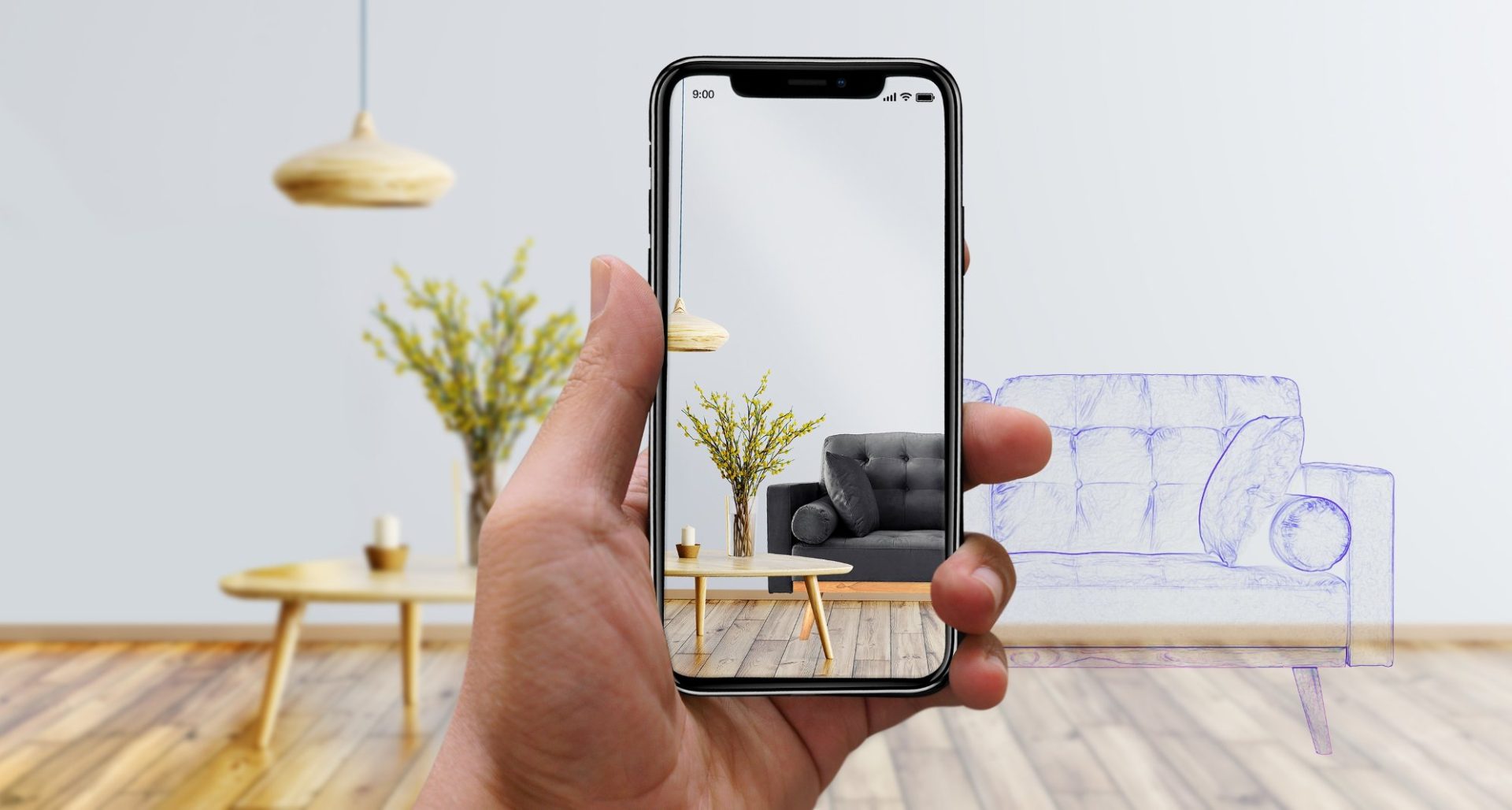Augmented Reality (AR) is a transformative technology that superimposes digital information—such as images, sounds, and text—onto the real world, typically viewed through a smartphone or tablet. In the realm of interior design, AR has emerged as a game-changer, enabling designers and homeowners to visualize and interact with virtual elements in real-world spaces. This article delves into how AR is revolutionizing interior design, its benefits, and its practical applications.
The Basics of Augmented Reality in Interior Design
AR technology enhances the physical environment with computer-generated elements, creating an immersive and interactive experience. In interior design, this means overlaying digital furniture, decor, and architectural elements onto real-world settings. By using AR apps and devices, users can see how a piece of furniture will look in their living room or how a new color scheme will transform their space, all in real time.
How AR Is Transforming Interior Design
- Visualization of Design Concepts:
- AR allows clients and designers to visualize design concepts in a real-world context. Instead of relying solely on 2D plans or imagination, users can see a 3D representation of how different elements will look and fit in a space.
- Enhanced Client-Designer Collaboration:
- With AR, designers can present their ideas more effectively. Clients can interact with the design, make adjustments, and provide instant feedback, resulting in a more collaborative and satisfying design process.
- Real-Time Modifications:
- One of the most significant advantages of AR is the ability to make real-time modifications. Users can experiment with different layouts, colors, and furniture pieces on the spot, making the decision-making process quicker and more informed.
- Increased Accuracy:
- AR helps in achieving precise measurements and placements. By visualizing the exact dimensions and how items will fit in a room, designers can minimize errors and ensure that the final implementation aligns perfectly with the client’s vision.
Practical Applications of AR in Interior Design
- Furniture Placement:
- Apps like IKEA Place and Houzz allow users to place true-to-scale 3D models of furniture in their homes. This helps in understanding how different pieces will fit and complement the existing decor.
- Color Visualization:
- AR apps can change the colors of walls and furniture in real time, helping users to visualize different color schemes and make better decisions without the need for physical paint samples or swatches.
- Space Planning:
- AR tools assist in creating and visualizing floor plans. Users can walk through their designs in an augmented environment, gaining a better understanding of space utilization and flow.
- Shopping Experience:
- Many retailers use AR to enhance the shopping experience. Customers can see how products will look in their homes before making a purchase, reducing the likelihood of returns and increasing customer satisfaction.
Benefits of AR in Interior Design
- Cost and Time Efficiency:
- By visualizing designs before implementation, AR helps avoid costly mistakes and reduces the need for physical prototypes or mock-ups. This saves both time and money.
- Improved Client Satisfaction:
- Clients can see exactly what they are getting, leading to higher satisfaction levels. The interactive nature of AR also makes the design process more engaging and enjoyable.
- Enhanced Creativity:
- AR provides designers with a new medium to express their creativity. They can experiment with bold ideas and unconventional designs without the constraints of physical limitations.
- Environmental Benefits:
- Reducing the need for physical samples and prototypes means less waste and a smaller environmental footprint, contributing to more sustainable design practices.
Challenges and Future Prospects
While AR offers numerous advantages, it also comes with challenges such as the need for high-quality hardware and the initial cost of AR development. However, as technology advances and becomes more accessible, these barriers are likely to diminish.
The future of AR in interior design looks promising. With continuous improvements in AR technology, we can expect even more sophisticated tools that offer hyper-realistic visualizations and seamless integration with other design software.
Conclusion
Augmented Reality is reshaping the interior design industry by providing a powerful tool for visualization, collaboration, and experimentation. It bridges the gap between imagination and reality, allowing designers and homeowners to see their visions come to life before making any physical changes. As AR technology continues to evolve, its impact on interior design will undoubtedly grow, making the design process more efficient, creative, and enjoyable.
